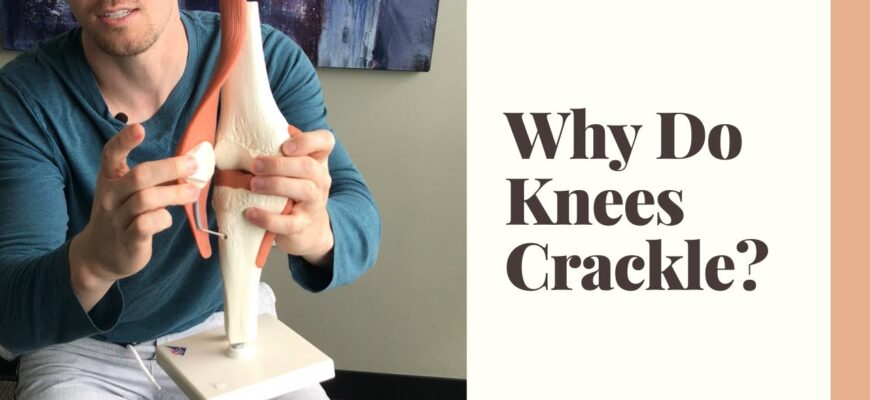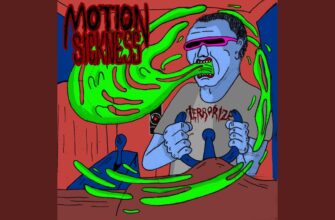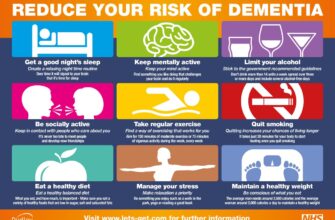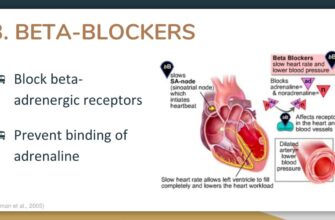Have you ever bent your knee, only to be greeted by an unexpected chorus of pops, cracks, and grinding sounds? For decades, these audible knee noises have been a quiet source of anxiety for many, often whispered to be the tell-tale sign of impending arthritis. It’s an intuitively unsettling thought: if your joints are making noise, surely something must be amiss, right?
However, it appears we can all breathe a collective sigh of relief. A recent groundbreaking study has stepped forward to challenge this long-held belief, suggesting that the symphony emanating from your knees is, more often than not, a perfectly benign occurrence and not the harbinger of joint doom.
The Study Unveiled: What La Trobe University Found
Published in the esteemed journal Arthritis Care & Research (AC&R), a diligent team of researchers from La Trobe University in Australia embarked on a meticulous five-year journey to investigate the true relationship between noisy knees and the onset of arthritis. Their focus was a specific and highly relevant cohort: 112 young individuals recovering from anterior cruciate ligament (ACL) surgery.
Why ACL patients? Because an ACL injury can significantly increase a person`s risk of developing osteoarthritis later in life, making this group ideal for studying early indicators of joint degradation. Through regular MRI scans and comprehensive joint assessments, the scientists aimed to map the long-term relationship between audible knee sounds (clinically known as crepitus) and the health of the joint`s internal structures.
Their initial observations did, at first glance, seem to align with common fears: during the first year post-surgery, knee sounds showed a temporary correlation with cartilage damage and diminished joint function. This early link might very well explain why the myth gained such widespread traction over the years—it felt empirically correct to many.
But here`s the pivotal finding, the plot twist in our knee saga: this early correlation did not translate into a worsening of pain or further structural deterioration in the long run. Over the five-year follow-up, those initial creaks and pops simply didn`t predict a progression to full-blown arthritis or increased joint discomfort.
In essence, while your knees might occasionally sound like a well-used percussion section, they aren`t necessarily playing a dirge for your cartilage. The study`s authors were clear: noise in the joints “should not be considered a reliable diagnostic sign of disease.”
Beyond the Noise: What Those Sounds Really Mean (or Don`t)
So, if it’s not arthritis, what *is* that symphony of snaps, crackles, and occasional pops? More often than not, these sounds are benign, a perfectly normal physiological phenomenon. They can be caused by:
- Gas Bubbles Bursting: Within the synovial fluid (the natural, viscous lubricant in your joints), tiny gas bubbles can form and then collapse, creating a popping sound. This process, known as `cavitation,` is akin to cracking your knuckles.
- Tendon or Ligament Movement: Sometimes, a tendon or ligament might briefly shift over a bone or another tissue structure, creating a snapping sound as it moves back into place.
- Rough Cartilage Surfaces: While the study debunks the direct link to *progressive* arthritis, slight irregularities in cartilage surfaces can sometimes produce a grinding sensation or sound, especially as we age. This doesn`t automatically mean disease is setting in.
Our bodies, it turns out, are surprisingly noisy machines, and the knee, with its complex network of bones, tendons, ligaments, and cartilage, is certainly no exception. It’s almost as if our joints enjoy a little percussive self-expression, reminding us of their intricate mechanics without necessarily signaling distress.
True Joint Health: Beyond the Cracks and Towards Prevention
The true takeaway from this study isn`t just about what *not* to worry about, but what *to* genuinely focus on for robust joint health. Instead of fixating on every creak and pop, the researchers emphasize the critical importance of proactive joint care. Their advice:
- Maintain an Active Lifestyle: Regular, moderate exercise keeps joints lubricated, strengthens surrounding muscles, and supports overall joint integrity.
- Diligent Injury Rehabilitation: For those who`ve experienced joint trauma, like an ACL injury, diligently completing prescribed rehabilitation programs is paramount to restore function and mitigate long-term risks.
This scientific insight also aligns beautifully with other emerging research on holistic joint health. For instance, studies have consistently highlighted the significant role of nutrition. A high-fiber intake has been linked to a reduced risk of osteoarthritis, while the regular consumption of fish rich in omega-3 fatty acids is known to help mitigate inflammation in the joints, offering a powerful dietary defense.
Conclusion: A Scientific `Shhh!` to Knee Anxiety
The message from La Trobe University is clear and reassuring: while persistent pain, swelling, or reduced mobility should always prompt a visit to a healthcare professional, the occasional noisy knee shouldn`t automatically send you into an arthritic panic. It`s a welcome scientific “shhh!” to a common medical misconception, allowing us to shift our focus from perceived, benign symptoms to proven, preventative measures.
So, the next time your knee decides to make itself heard, perhaps offer it a nod of acknowledgment for its hard work, and then carry on with your active, joint-friendly life. Your body, and your peace of mind, will undoubtedly thank you.









